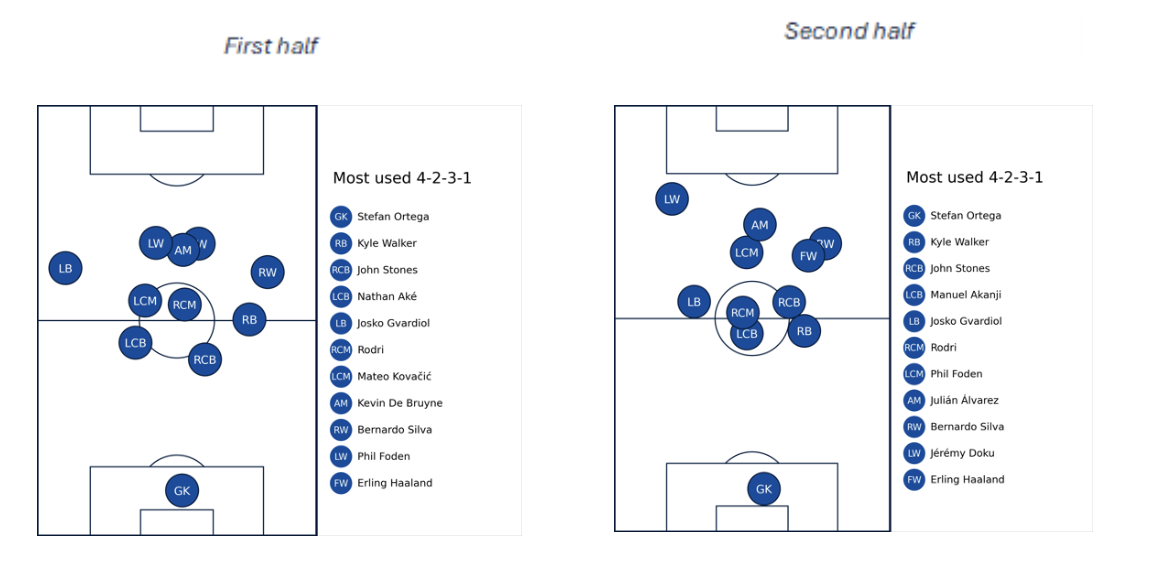The principles of play are the underlying concepts and ideas that make up any invasion sport. Game insights analyst Aston Cox explores the in-possession principles of play and how these impact both analysis and coaching.
What are the in-possession principles of play?
The principles of play are the foundation of football, shaping the game at every level, from youth leagues to professional matches. Whether you're coaching or playing on the local park or working with the pros in a packed stadium, you'll see the same core concepts in action: penetration, creating space, movement, support, and creativity. These may seem like isolated concepts but, in reality, they’re deeply interconnected. During both training sessions and matches, these principles weave together seamlessly to solve situational challenge.
Take, for instance, this clip from the Wolverhampton Wanderers vs Coventry City match. You’ll notice how these principles unite to create a brilliant goal-scoring opportunity for Wolves.
When do they occur?
Watching the clip, you might think the principles of play operate like a switch, where a team or player is either focused on "penetrating" or "creating space." But football isn't that simple. The reality is far more dynamic. As you’ll see in the following screenshots, these principles are not isolated actions; they’re constantly overlapping, with players simultaneously considering multiple principles to outmanoeuvre their opponents.
- On the ball - players are looking to penetrate the opposition's defensive line.
- Around the ball - players are looking to provide support.
- Away from the ball - players are looking to create space.



Tactics and strategies significantly impact how teams apply the principles of play to make smart decisions and overcome challenges during matches. To explore this further, let's take a closer look at Manchester City as a case study.
Manchester City case study
A quick glance at Manchester City's average positions during this fixture against Manchester United shows how the team strategically creates space. Gvardiol and Silva play key roles by providing both height and width, stretching the opposition and opening up the field for their teammates.

In the following clip, you'll see how the in-possession principles of play are put into action. Gvardiol stays wide, effectively creating space. This positioning allows Foden to make strategic movements that further open up the field, ultimately setting up De Bruyne to deliver a penetrating pass through Manchester United's defence.
The following clips provide a perfect illustration of how the principles of play are interconnected to create a goal-scoring opportunity for Manchester City. They demonstrate how different players and units focus on various principles to advance the ball through the pitch and penetrate the opposition's defence.
Within this phase of play, you’ll see Doku and Silva hold wide positions, which creates space and gaps in Manchester United’s defensive line. Meanwhile, Haaland and Alvarez make forward movements to not only create space for Foden but also to offer options for penetrating the defence. This clever movement allows Foden to deliver a precise pass between two Manchester United defenders, setting up Alvarez for a goal-scoring chance.
The final clip highlights how crucial player movements are in enabling those on the ball to showcase their creativity. These movements create space and opportunities needed to develop goal-scoring chances, demonstrating the importance of teamwork and positional awareness in crafting effective attacking plays.
Coaching considerations
- Do you consider the principles of play within your coaching to effectively provide solutions to situational challenges in training and matches?
- How do you currently help players to attack space using the principles of play?
- Do you currently link your game model to underpin the principles of play?


